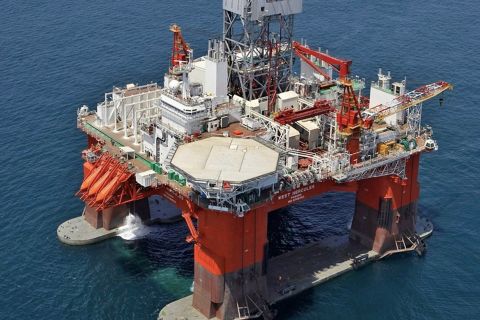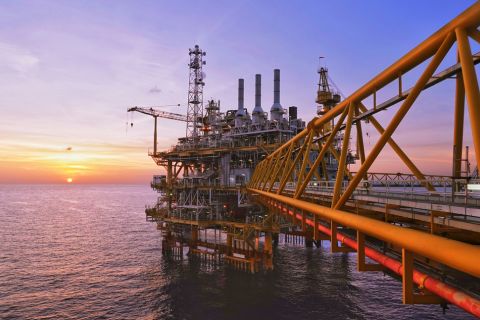Harbour Energy, the U.K. North Sea's biggest oil and gas producer, increased a share buyback program by 50% to $300 million on Aug. 25 as it reported first-half free cash flow of $1.4 billion.
Harbour, which is set to produce just over 200,000 boe this year and reduced its net debt to $1.1 billion from $1.7 billion in March, expects to pay $500 million in U.K. tax for 2022.
Around $300 million of this is due to a 25% windfall tax on oil and gas producers introduced in May, said CEO Linda Cook.
Having reduced its debt, Harbour also has less stringent requirements from its lenders to hedge its output.
At current levels, it is required to hedge 40% of its output 12 months out and a third of its production in the following year with no requirements three years out.
"What we're trying to do is give ourselves...more exposure to the upside," Cook told Reuters.
Harbour's shares jumped around 9% to 474 pence in early trading, their highest in over three months, outperforming a sector index which rose around 1.3%.
Harbour, which pays $200 million in annual dividends, reduced its investment program by $100 million to $1.2 billion for the year "primarily due to the delayed arrival of two drilling rigs in the U.K.," it said.
Its 2021 first-half cash flow stood at $302 million, a pro-forma figure relating to numbers before Harbour's merger with Premier Oil was completed.
For the full year, Harbour forecasts its free cash flow to reach $1.8 billion-$2 billion. It expects to be debt free next year, assuming an average oil price of $100 a barrel and gas price of 200 pence per therm this and next year.
The lower second-half free cash flow is due to the higher tax payments, more spending on drilling and lower production in the period, Cook said.
In terms of its non-U.K. portfolio, Harbour said it expected to submit a development plan for the giant Mexican Zama field next year with a final investment decision by the end of 2023.
Recommended Reading
Second Light Oil Discovery in Mopane-1X Well
2024-01-26 - Galp Energia's Avo-2 target in the Mopane-1X well offshore Namibia delivers second significant column of light oil.
CNOOC Sets Increased 2024-2026 Production Targets
2024-01-25 - CNOOC Ltd. plans on $17.5B capex in 2024, with 63% of that dedicated to project development.
Seadrill Awarded $97.5 Million in Drillship Contracts
2024-01-30 - Seadrill will also resume management services for its West Auriga drillship earlier than anticipated.
Oceaneering Won $200MM in Manufactured Products Contracts in Q4 2023
2024-02-05 - The revenues from Oceaneering International’s manufactured products contracts range in value from less than $10 million to greater than $100 million.
CNOOC’s Suizhong 36-1/Luda 5-2 Starts Production Offshore China
2024-02-05 - CNOOC plans 118 development wells in the shallow water project in the Bohai Sea — the largest secondary development and adjustment project offshore China.





